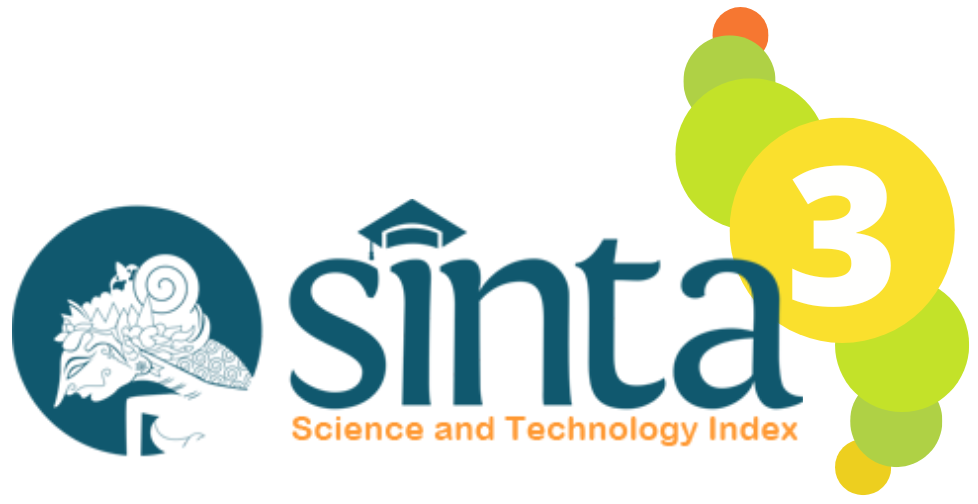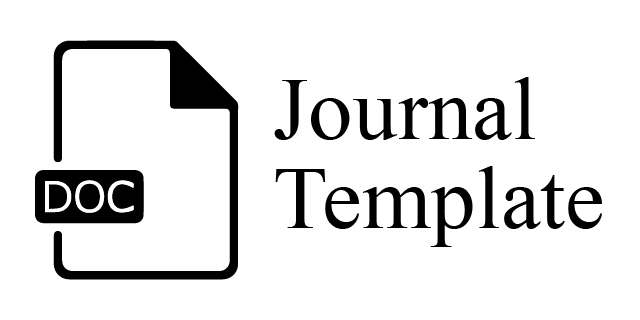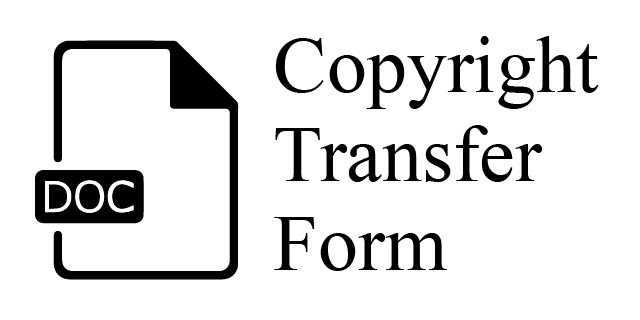PEMUPUKAN BAHAN ORGANIK UNTUK PERTUMBUHAN DAN HASIL UMBI TALAS SUTRA
Abstract
Indonesia has a great taro diversity and had been utilized for long time. Taro has more competitiveness including high nutrition, wide adaptation, and ease for cultivation, further, it’s very potential to be the future food and create new economical value. The objective of the research was to obtain the organic manure fertilizer effect on sutra taro variety growth and yield. The research was conducted for eight months from January till August 2021 at Leuwikopo Farm, Department of Agronomy and Horticulture, Faculty of Agriculture, IPB University. A Completely Randomized Block Design (CRBD) with five replications and four-level organic manure treatments (0.25 kg, 0.5 kg, 0.75 kg, and 1.00 kg per plant) was applied. Taro growth, corm characters, and yields were affected by organic manure fertilizer dose. The dose of 0.75-1.00 kg/plant (equivalent to 15-20 ton/ha) showed the highest growth, corm characters and yields more than the lower doses. Taro “Sutra variety” cultivation by fully using organic manure fertilizers is very potential to be encouraged.
Keywords
Full Text:
PDFReferences
Aditika, Kapoor B, Singh S, Kumar P. 2021. Taro (Colocasia esculenta); zero wastage orphan food crop for food and nutritional security. South African J Bot. 3(11):1–13. doi:10.1016/j.sajb.2021.08.014.
Bayu T. 2020. Review on contribution of integrated soil fertility management for climate change mitigation and agricultural sustainability. Cogent Environ Sci. 6(1):1–20. doi:10.1080/23311843.2020.1823631.
Budijanto S. 2016. Dukungan iptek bahan pangan pada pengembangan tepung lokal. J Pangan. 18(2): 55-67.
Clark MS, Horwath WR, Shennan C, Scow KM. 1998. Changes in soil chemical properties resulting from organic and low-input farming systems. Agron. J. 90: 662-671.
Colla G, Mitchell JP, Joyce BA, Huyck LM, Wallender WW, Temple SR, Hsiao TC, Poudel DD. 2000. Soil physical properties and tomato yield and quality in alternative cropping systems. Agron. J. 92: 924-932.
Ganança JFT, Freitas JGR, Nóbrega HGM, Rodrigues V, Antunes G, Gouveia CSS, Rodrigues M, Chaïr H, De Carvalho MÂAP, Lebot V. 2018. Screening for drought tolerance in thirty three taro cultivars. Not Bot Horti Agrobot Cluj-Napoca. 46(1):65–74. doi:10.15835/nbha46110950.
Genesys. 2022. Taro accession. https://www.genesys-pgr.org/. [diakses 18 Februari 2022].
Gondim AR de O, Puiatti M, Finger FL, Cecon PR. 2018. Artificial shading promotes growth of taro plants. Pesqui Agropecu Trop. 48(2):83–89. doi:10.1590/1983-40632018v4851355.
Gouveia CSS, Ganança JFT, de Nóbrega HGM, de Freitas JGR, Lebot V, Pinheiro de Carvalho MÂA. 2020. Phenotypic flexibility and drought avoidance in taro (Colocasia esculenta (L.) Schott). Emirates J Food Agric. 32(2):150–159. doi:10.9755/ejfa.2020.v32.i2.2075.
Hidayatullah CSR, Santosa E, Sopandie D. 2020a. Respon genotipe talas Colocasia esculenta var esculenta dan var antiquorum pada interval pemberian air berbeda. J Agron Indones (Indonesian J Agron. 48(3):249–257. doi:10.24831/jai.v48i3.33136.
Hidayatullah CSR, Santosa E, Sopandie D, Hartono A. 2020b. Phenotypic plasticity of eddoe and dasheen taro genotypes in response to saturated water and dryland cultivations. Biodiversitas. 21(10):4550–4557. doi:10.13057/biodiv/d211012.
Hikmah A. 2008. Pemberian beberapa bahan organik pada budidaya tumpeng sari tanaman brokoli (Brassica oleracea) dan petsai (Brassica pekinensis) serta pengaruhnya terhadap pertumbuhan dan serapan Cu dan Zn. Skripsi. Fakultas Pertanian. Institut Pertanian Bogor. IPB.
Kurniawan T, Nuryoto N, Firdaus MA. 2019. Zeolite for agriculture intensification and catalyst in agroindustry. World Chem Eng J. 3(1):14–23.
Lemmens R, Bunyapraphatsara N. 2003. Plant Resources of South-East Asia 12 (3): Medicinal and Poisonous Plants 3. Ed ke-1. Volume ke-87. Lemmens R, Bunyapraphatsara N, editor. Leiden: Backhuys Publishers.
Liu S, Wang J, Pu S, Blagodatskaya E, Kuzyakov Y, Razavi BS. 2020. Impact of manure on soil biochemical properties: A global synthesis. Sci Total Environ. 745. doi:10.1016/j.scitotenv.2020.141003.
Liu Z, Rong Q, Zhou W, Liang G. 2017. Effects of inorganic and organic amendment on soil chemical properties, enzyme activities, microbial community and soil quality in yellow clayey soil. PLoS One. 12(3): e0172767. doi:10.1371/journal.pone.0172767.
Mieldažys R, Jotautienė E, Jasinskas A, Pekarskas J, Zinkevičienė R. 2019. Investigation of physical-mechanical properties and impact on soil of granulated manure compost fertilizers. J Environ Eng Landsc Manag. 27(3). doi:10.3846/jeelm.2019.10794.
Neltriana N. 2015. Pengaruh dosis pupuk kandang kotoran sapi terhadap pertumbuhan dan hasil ubi jalar (Ipomoea batatas L.). Skripsi. Fakultas Pertanian. Universitas Andalas. Padang.
Pusat Perlindungan Varietas Tanaman dan Perizinan Pertanian. 2020. Deksripsi Varietas Lokal Tebar Talas Sutra Tajurhalang. PVT Kementerian Pertanian. Bogor, ID.
Rahmawati. 2012. Karakterisasi pati talas (Colocasia Esculenta (L.) Schott) sebagai alternatif sumber pati industri di Indonesia. J Teknol Kim dan Ind. 1(1): 347-354.
Raihan H, Nurtirtayani. 2001. Pengaruh pemberian bahan organik terhadap pertumbuhan n dan p tersedia tanah serta hasil beberapa varietas jagung di lahan pasang surut sulfat masam. J Agrivita 23(1): 13-21.
Sundar LS. 2016. Taro (Colocasia esculenta) - An important staple food for the general population of Fiji islands. J Agric Sci. 8(12). doi:10.5539/jas.v8n12p181.
Tan SL, Zaharah A. 2015. Tuber crops. J Utar Agriculture Science 1(1): 41-48.
USDA. 2022. Food data central. https://fdc.nal.usda.gov/. [17 Februari 2022].
Vozhik Y. 2019. Ways to increase soil fertility. Meh Electrif Agric. 10(109): 23-34. doi:10.37204/0131-2189-2019-10-2.
Wato T. 2019. Improvements of crop production through integrated soil fertility management in Ethiopia. Asian J Environ Ecol. 11(1): 1-11.
Stockdale EA, Lampkin NH, Hovi M, Keating R, Lennartsson EKM, Macdonald DW, Padel S, Tattersall FH, Wolfe MS, Watson CA. 2001. Agronomic and environmental implications of organic farming systems. Adv. Agron. 70:261-327.
DOI: https://doi.org/10.24853/jat.7.1.35-42
Refbacks
- There are currently no refbacks.







